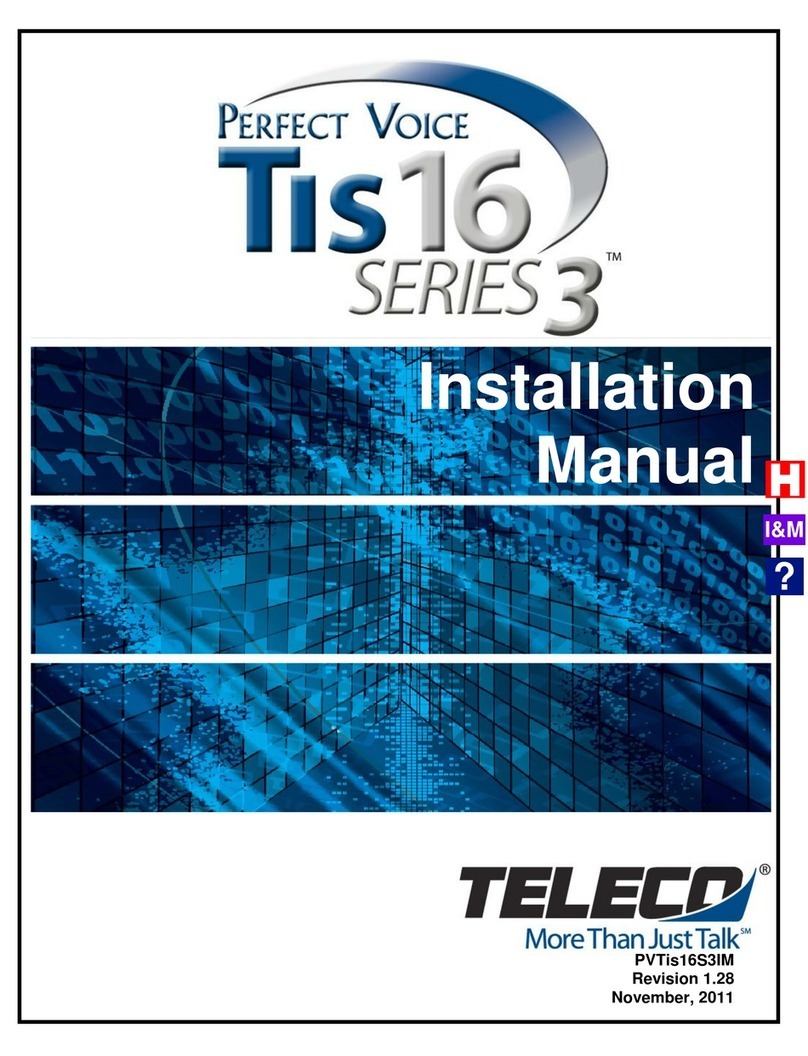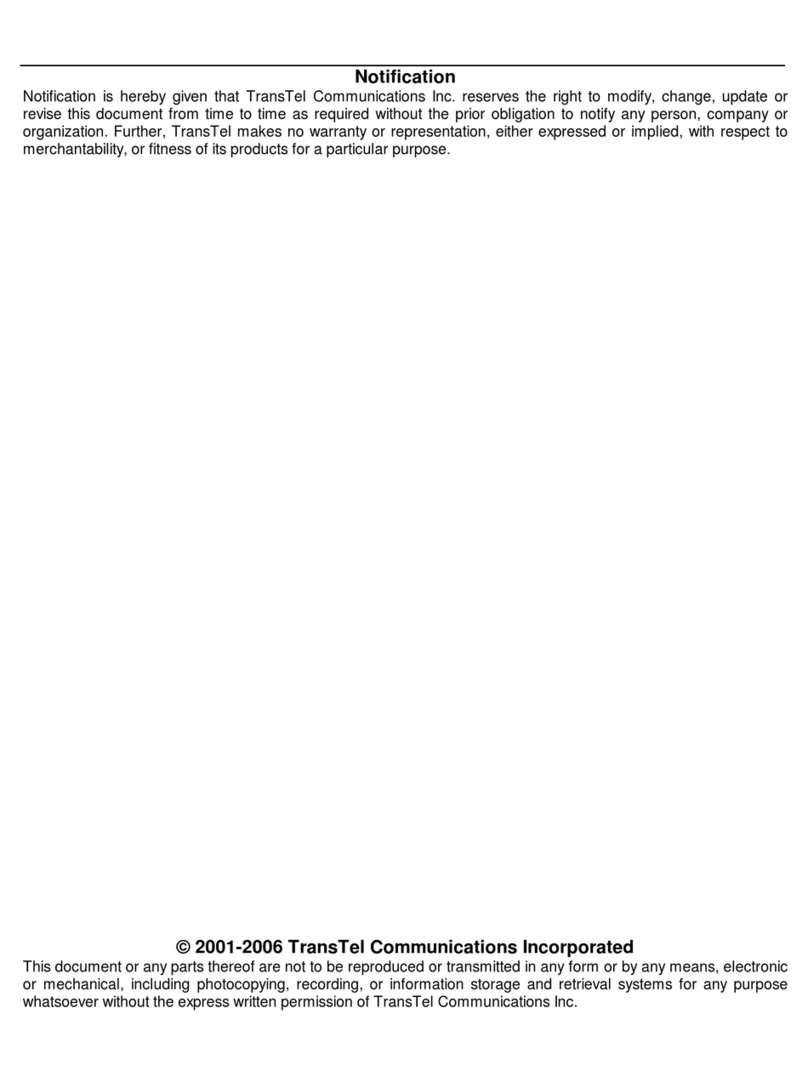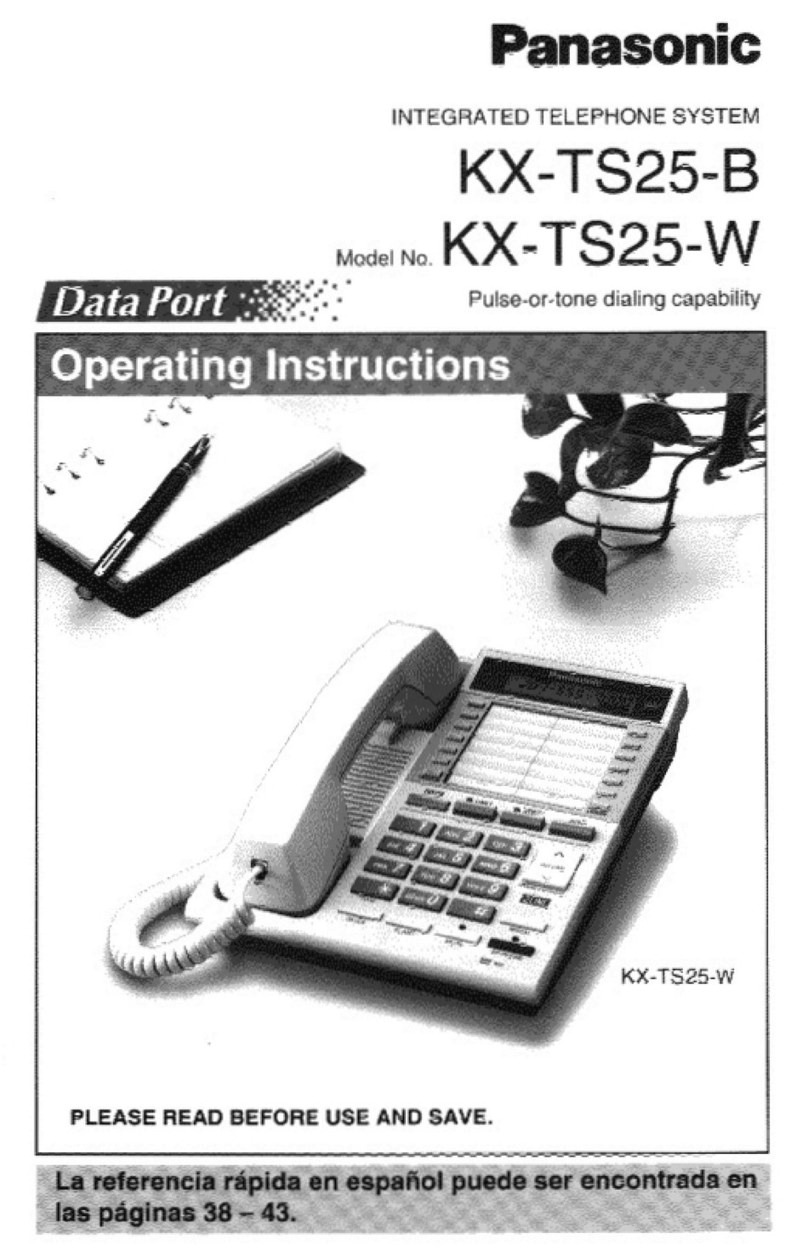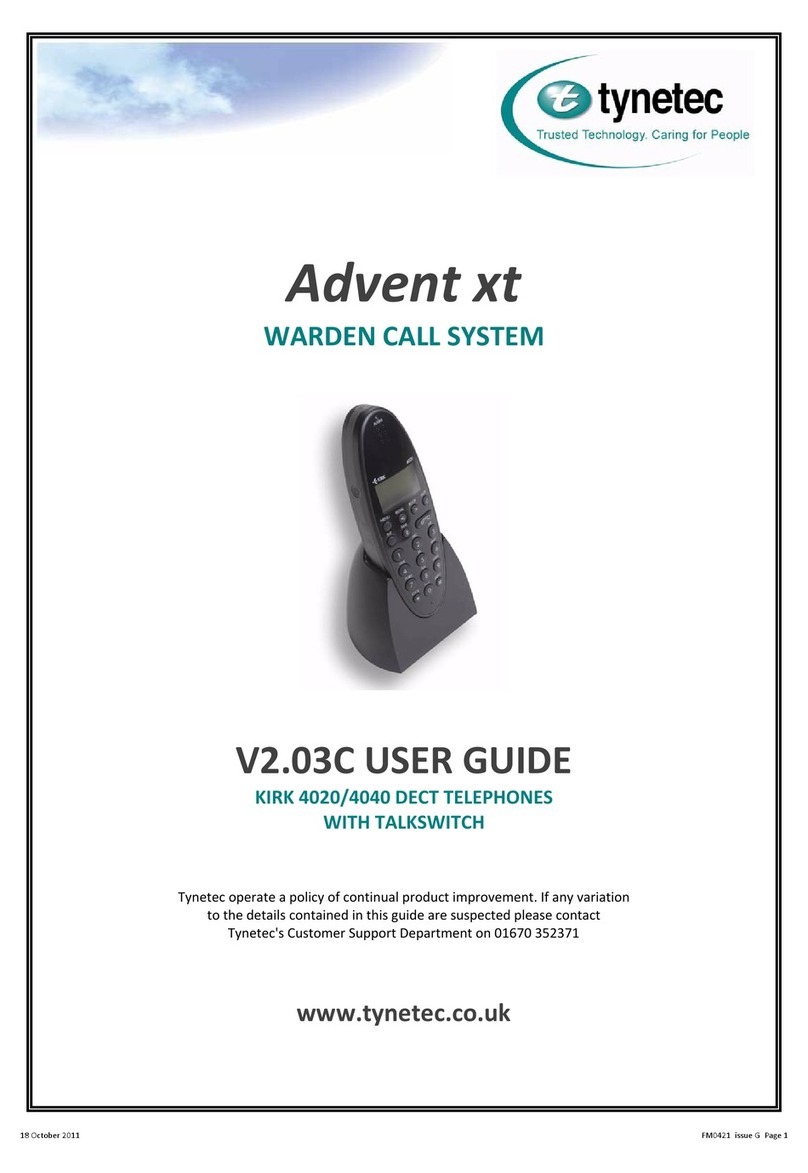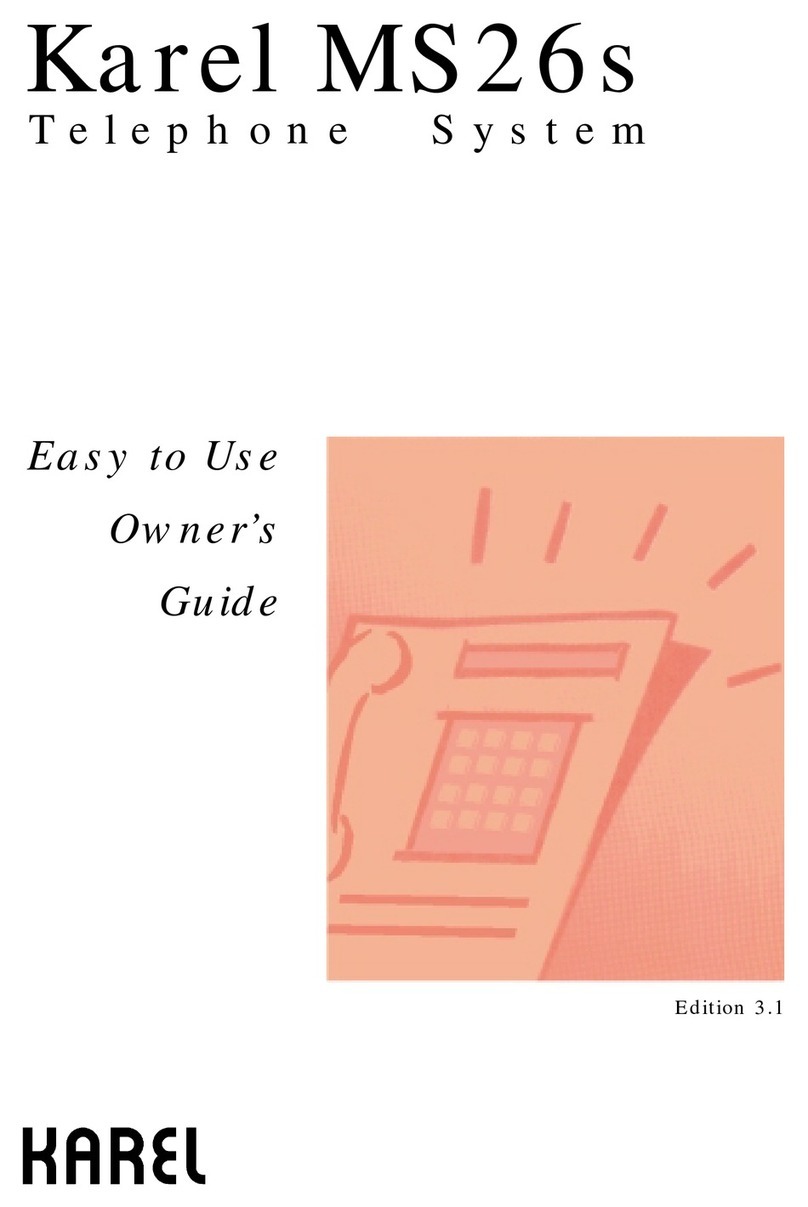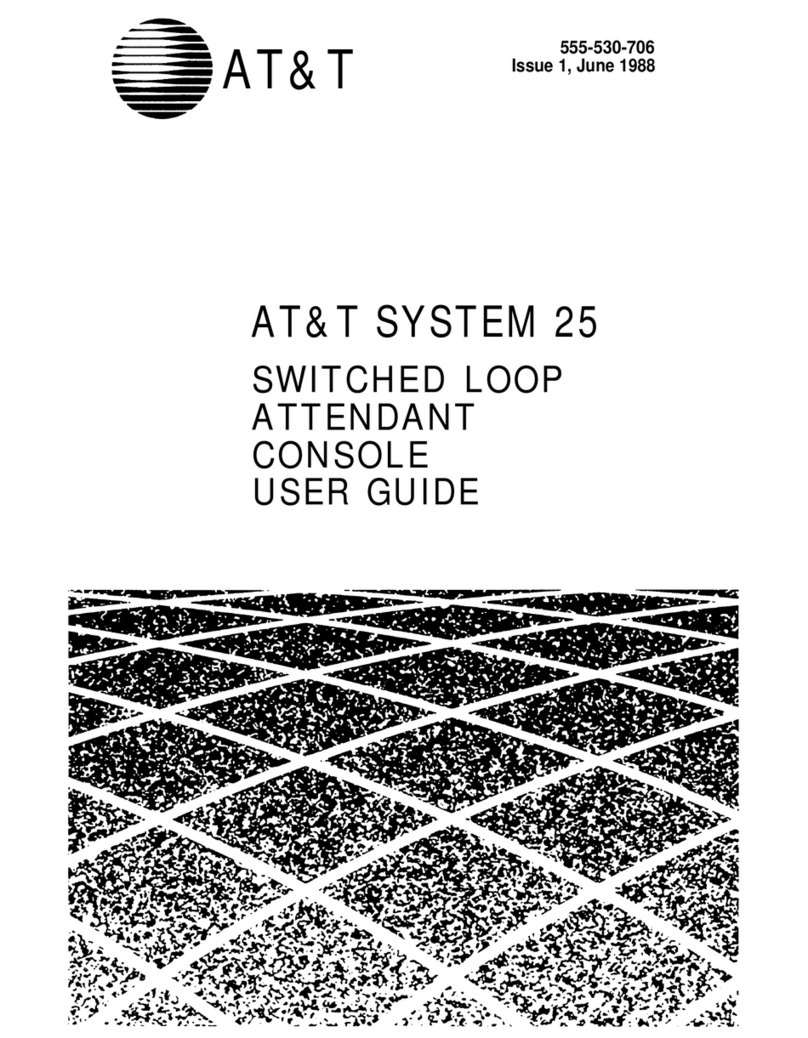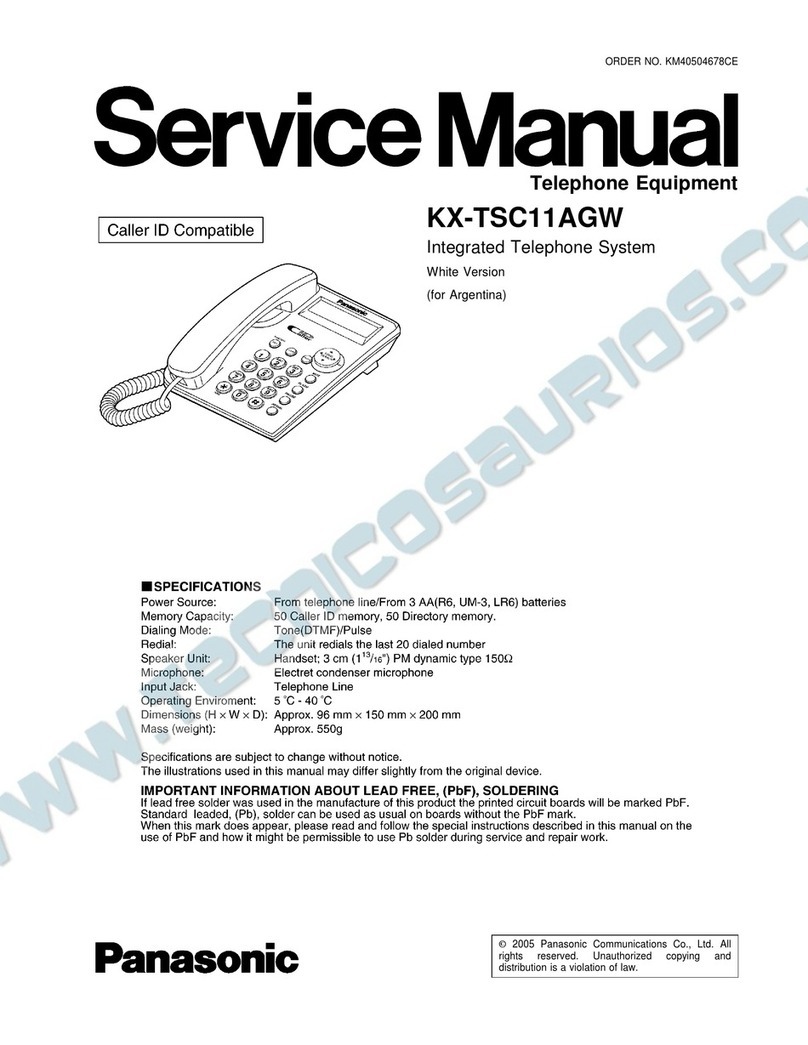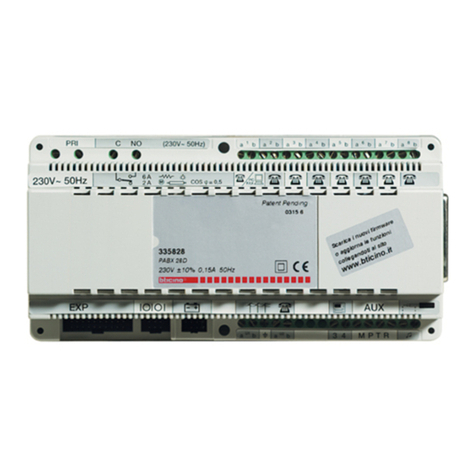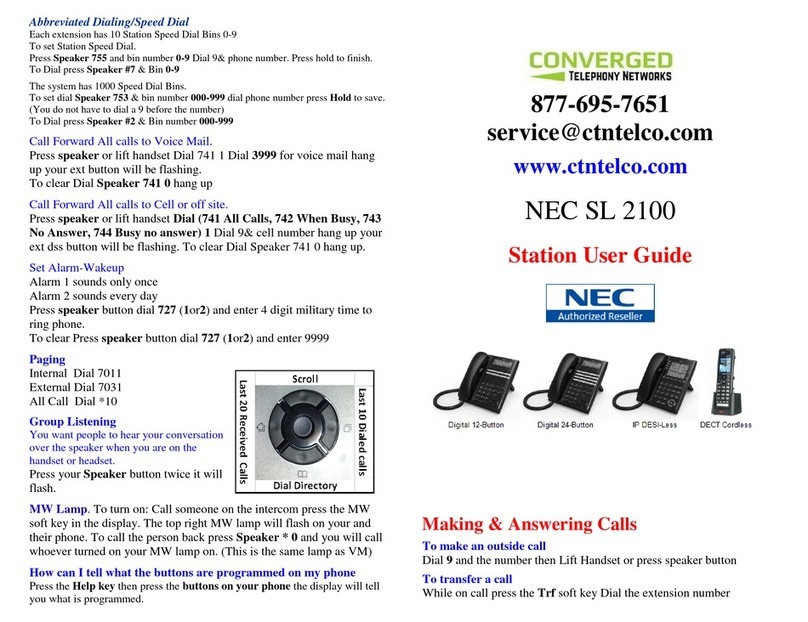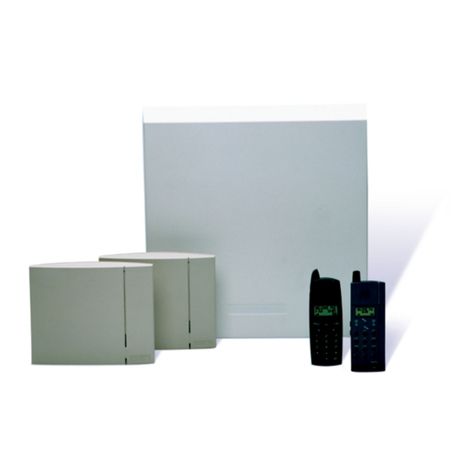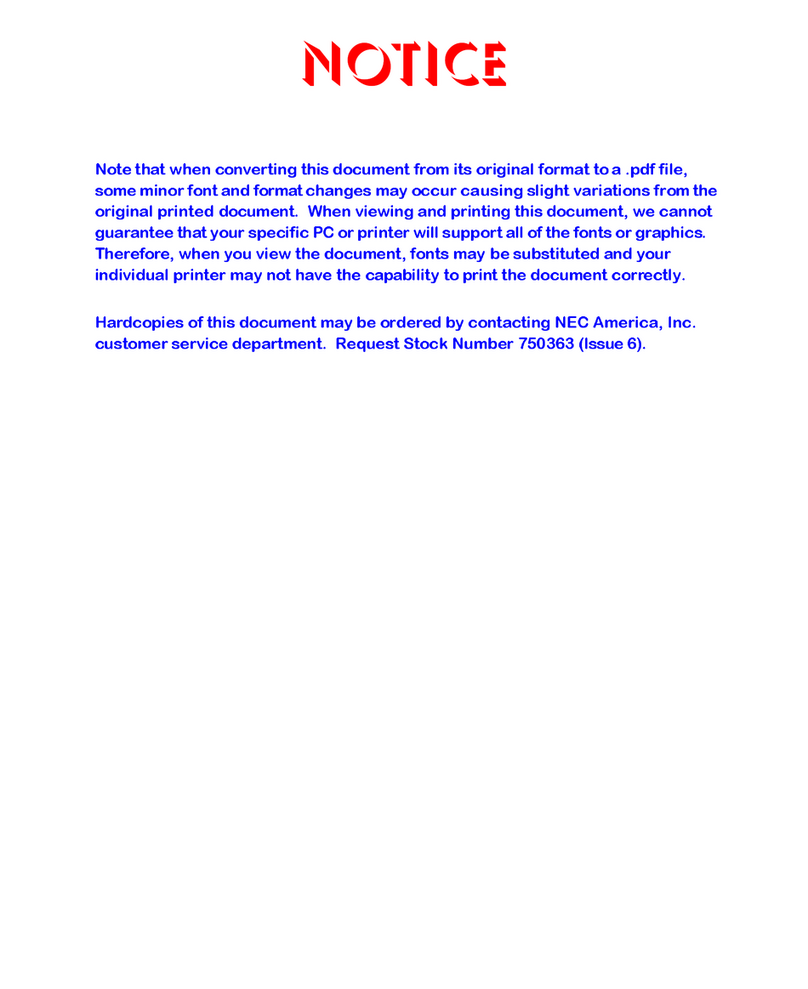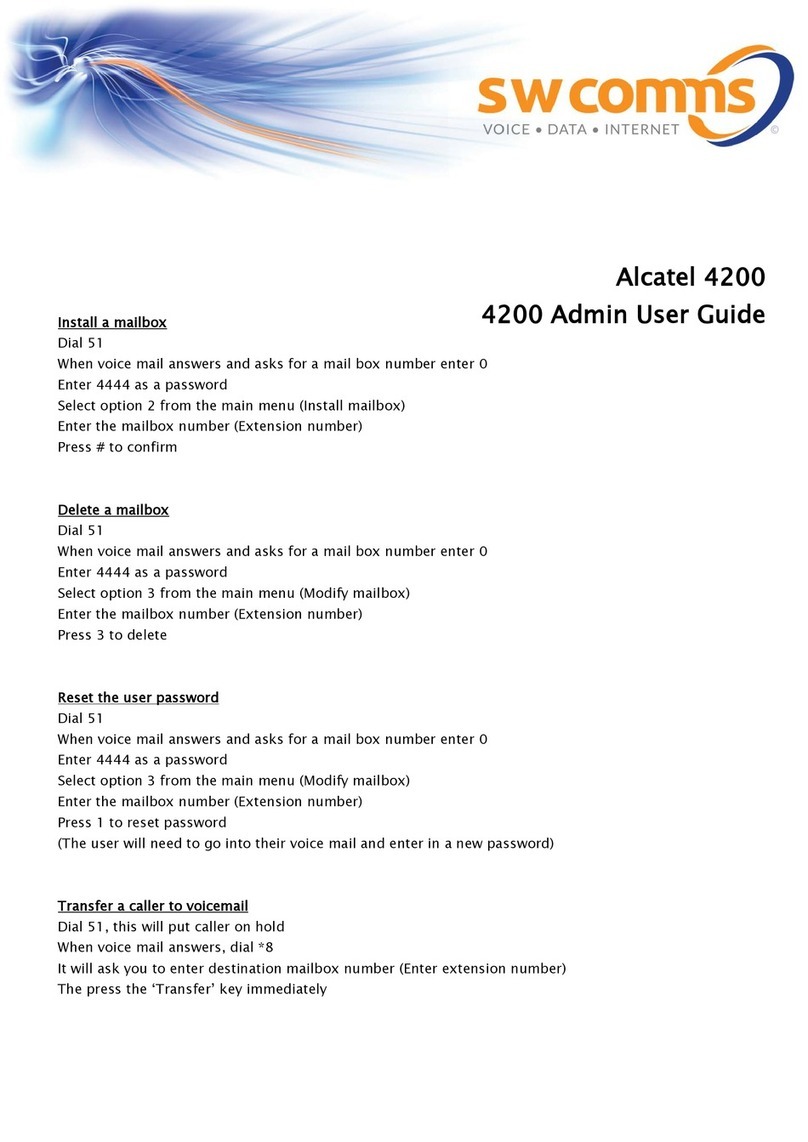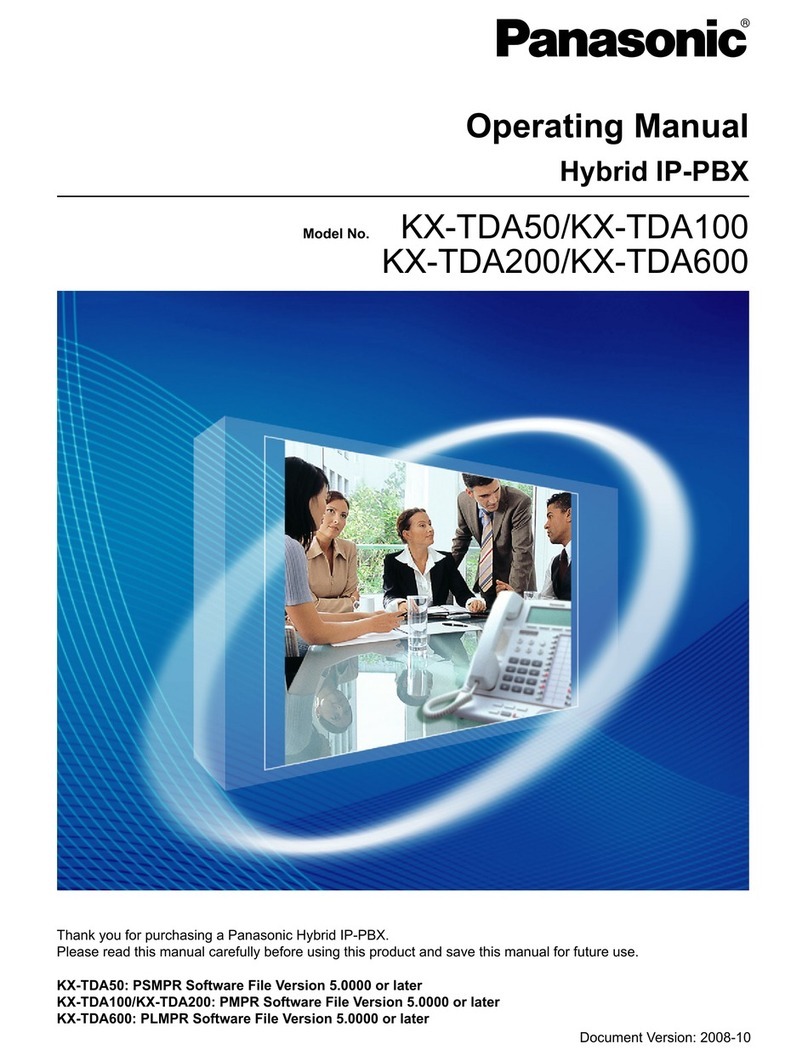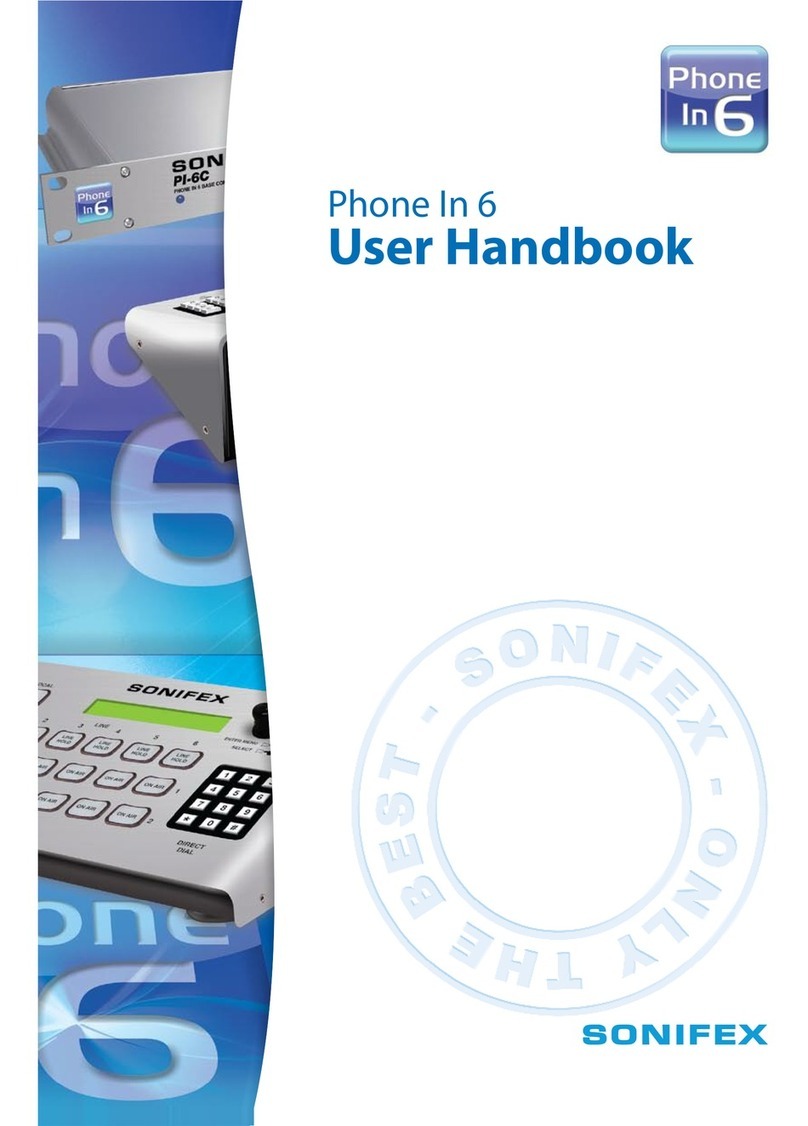4
1 The Multimessage Systems MULTI 4 Telephone System is suitable for
connection to Exchange lines which provide Multi-Frequency (MF)
signalling. Multimessage Systems MULTI 4 can be used with Timed
Break Recall (TBR).
2 Only connect apparatus which has been approved for connection to
your analogue Public Switched Telephone Network. This will usually
have a lable with “APPROVED for connection to telecommunication
systems specified in the instructions for use subject to the conditions
set out in them”. Any other connection may cause damage or become
hazardous and will invalidate the approval of the apparatus if as a
result it then ceases to comply with the standards against which
approval was granted.
3 The Multimessage Systems MULTI 4 system is designed to operate
with a mains supply of 220-240Vac 47-63Hz with a maximum power
consumption of 16W.
4 The system is not suitable for use as an extension to a payphone.
5 Wiring from the Multimessage Systems MULTI 4 Box to the extensions
must be confined to the same premises and must not exceed a length
of 200 metres.
6 It is permitted to connect Multimessage Systems MULTI 4 as a
satellite to a PBX (Private Branch Exchange). However, satisfactory
performance cannot be guaranteed with every allowable combination
of host and subsidiary system.
7 Refer all servicing to qualified personnel or to the Multimessage
Systems Customer Servicing Department at the address given on the
back page of this handbook.
8 The line cord and mains cable must be disconnected before
removing the cover of the Multimessage Systems MULTI 4 Box.
TECHNICAL NOTES
